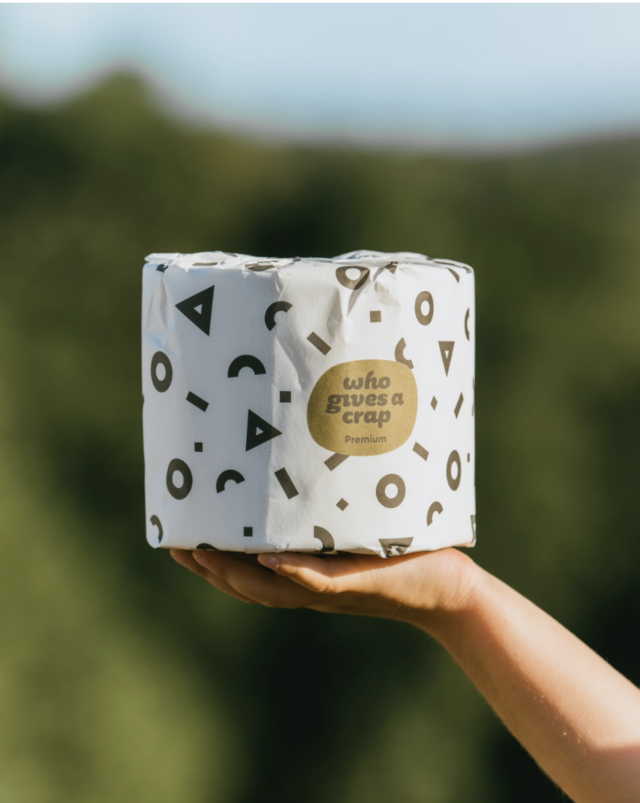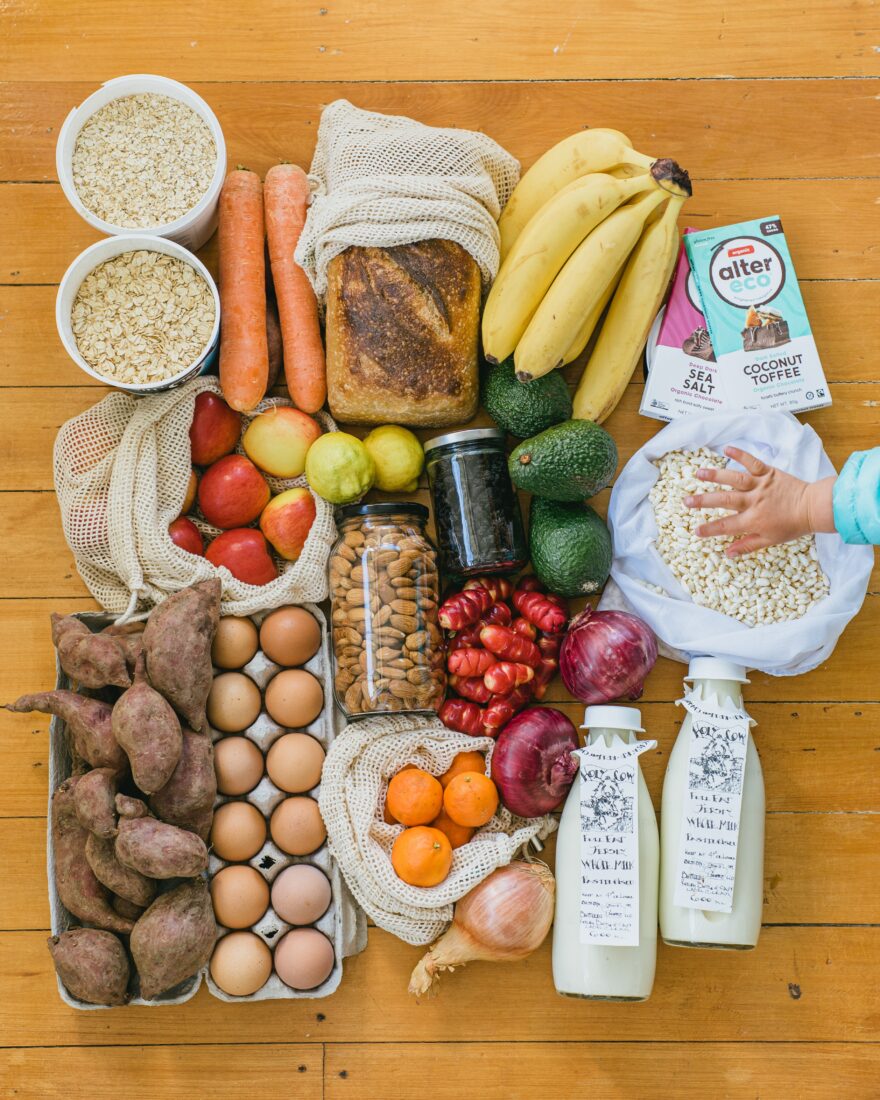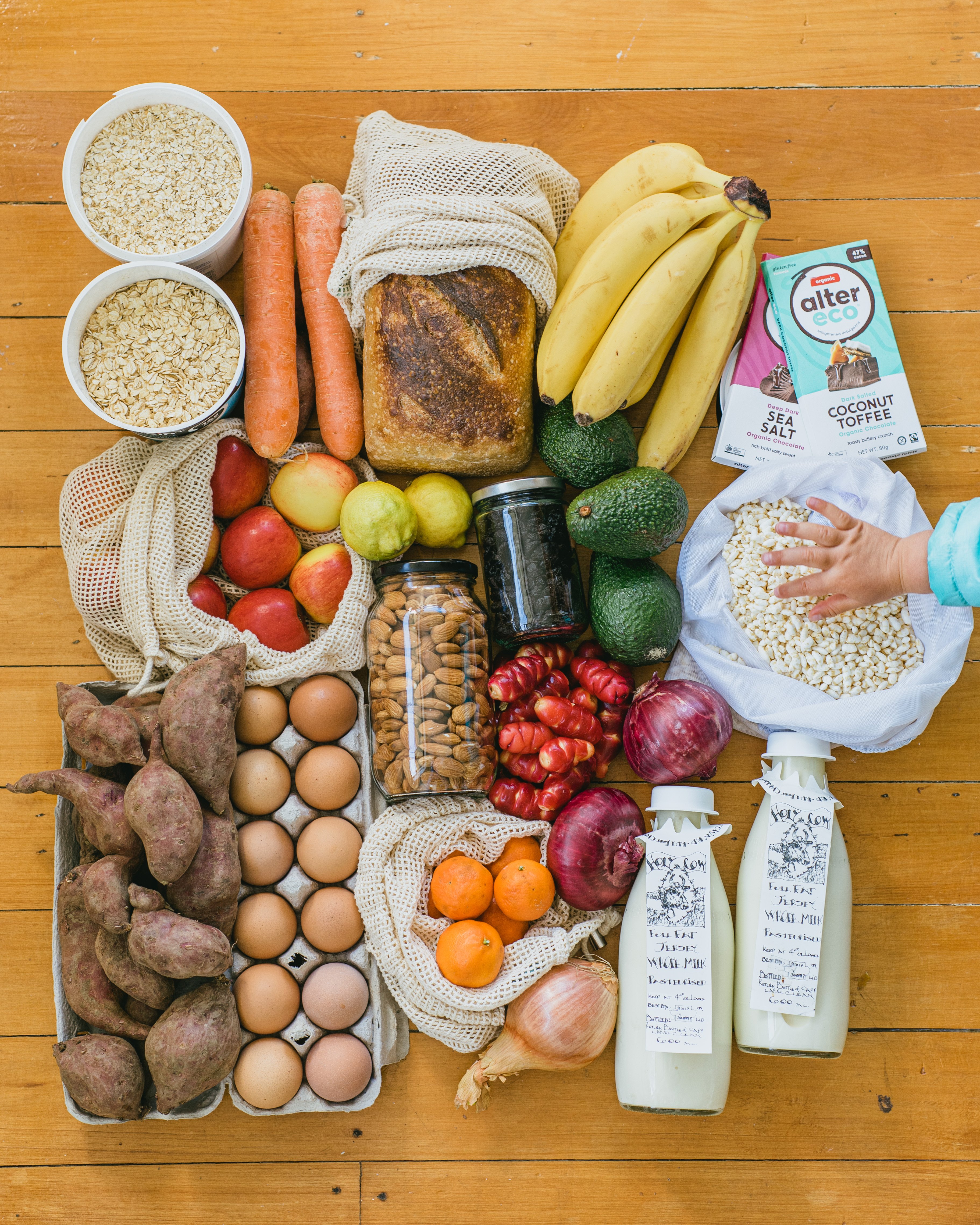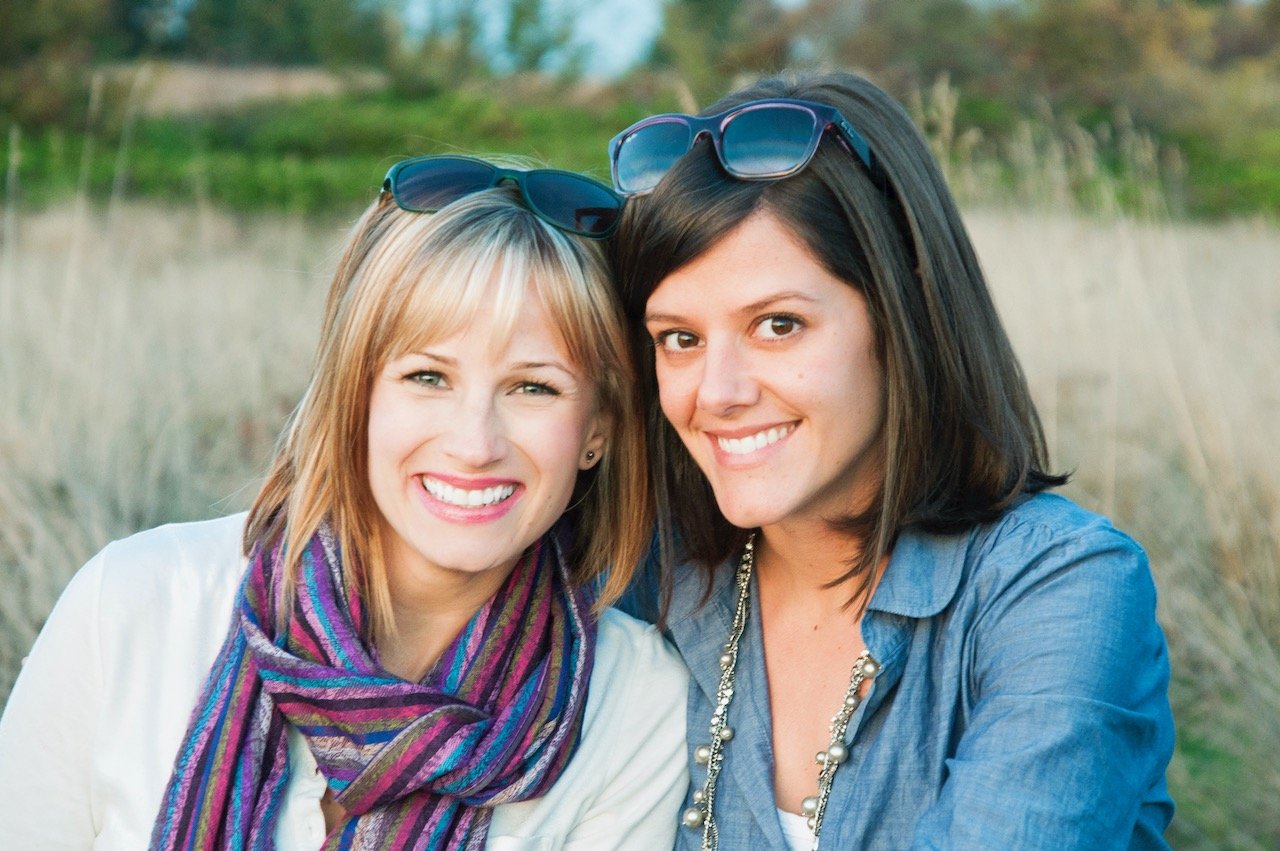


I am SO excited to have my dear friend Courtney on the blog today! Courtney and her family just moved back to the U.S. after spending a year in New Zealand. They run the Instagram account @mcnaughtsinthewild (click here to follow them!) and I’ve learned SO much from them about how I can be a little kinder to the earth. I asked Courtney to write a blog post with some easy tips to implement if you’re not on the hardcore zero waste chain. “Zero waste” can feel so overwhelming when you see people who only fill like 1 garbage bag in a year, but I would like to make some improvements. The problem is that I don’t know what I don’t know. (Similar to how I didn’t know what I didn’t know about personal care products– or not! And you can’t unlearn this stuff!)
Courtney has been a huge help; she shares actionable, feasible tips on Instagram and today, she’s sharing 10 zero waste kitchen swaps! I’m also asking to get her to write a post about how to reduce the use of plastic in everyday life. (You can’t say no now Courtney! 😉 )

—
Hey fellow ‘A Foodie Stays Fit’ followers! It is truly an honor to write a guest post for Teri because I’ve been reading her blog since it was just a wee babe over 10 years ago! We met in North Carolina, and though I’ve lived in many places since, I still consider her one of my best friends. Before meeting Teri I had never run more than a 5k, and was pretty sure I never would…but somehow she convinced me to run a half-marathon with her! I’m sure that story doesn’t surprise any of you though, since her love of running is inspiring and contagious.
Here are some fun throwback photos of Teri. If you’ve been a long-time reader, you may recognize these photos. Or, enjoy baby Teri if you’re a newer reader! 😉
This was after her first marathon!
These are some throwbacks from when I lived in Winston-Salem, when Maizey and I quickly become friends. (Oh, and Teri.)
These are from times she visited us in Seattle.

Alright, enough about ancient history! Let’s talk about plastic.
Until a couple of years ago, I lived and grocery shopped like most people. I used plastic produce bags for my fruits and veggies, I tried to remember my reusable shopping bags, but often forgot them (I’m sure you can relate!). And I got takeout in plastic containers. I ordered drinks in plastic cups, with plastic straws from Starbucks. I bought bags of tortillas, chips, cookies, rice, salad mix. You get the picture.
Sometime in 2017 that all began to change.
That statistic blew my mind when I first read it. I had to look it up to see if it was true. IT’S TRUE. Recycling is a MYTH, people. We have been tricked into thinking that if something has a recycle symbol on it, and we throw it in the correct bin, *poof* it gets turned into sparkling new plastic! This is not even close to the truth.
What I didn’t know was that most of the ‘recycling’ waste produced in the US (and many other countries) was shipped to China to be dealt with there. They’d recycle the most valuable types of plastic and dump the rest into whatever ocean/river was closest. Again yes, this is actually true (to the tune of 1.5 million pounds of trash per HOUR).
As someone who loves the ocean dearly, and has witnessed plastic waste in the sea while snorkeling and scuba diving many times, these statistics shook me. I knew I couldn’t be part of the problem any longer!
Since starting this journey over two years ago, my husband and I have eliminated almost all single-use plastic from our household. We have two kids, ages 2 and 5, which makes things a bit tricky, but for all you parents out there, YES, YOU CAN DO IT TOO!
There are so many more details we could dive into about this issue, but I want to get straight to some ways you can reduce plastic use in your home. Here are 10 great places to start with your zero waste kitchen swaps!
This is honestly such an easy swap! Use up whatever plastic wrap you have left and then just don’t buy more. If you’re not familiar with bees wrap, it’s just cloth that’s been waxed so that it can mold into any shape. It’s great for covering bowls and works WAY better than plastic wrap for covering half-used produce in the fridge (it actually breathes so things don’t go moldy nearly as fast!). Tin-foil is also a better alternative than plastic because metal is almost perfectly recyclable! So in a pinch, use that instead of plastic wrap. This is the bees wrap we like!
The EPA estimates that food material constitutes 22% of US municipal waste – more than any other single type of item people throw away. Think food scraps will just break down in a landfill? Nope! Since they’re usually in plastic bags and have no access to oxygen, they don’t! Decades-old food items are regularly discovered in landfills that look brand new. Because it takes longer to decompose, it also produces more Methane gas than it would normally, which is a much more potent greenhouse gas than Carbon Dioxide!
If your city collects “yard waste” there’s a good chance this means you can put all your food scraps in your yard waste bin and they will be industrially composted! Yay! If not, you can always compost in your own backyard and use the soil you create to fertilize your plants – win win. 😉
Hopefully, you’re already in the habit of bringing your own shopping bags to the grocery store or farmer’s market, but do you bring your own produce bags? Instead of grabbing a bunch of plastic ones, just keep a few reusable drawstring produce bags (like these from Colony Co.) inside your larger grocery bags and you’ll always have them when you need them. Alternatively, you can just skip bags altogether on things like bananas or other large produce because it’s just not necessary.
This was actually the very first zero-waste swap we ever made. I used Ziploc bags for aaaallll the things! My own school lunches/snacks growing up, toiletries for travel, leftovers in the fridge/freezer, storing kid’s toys, you name it! It was hard to imagine living without them, and it was really weird for like a week, but after that, I never “needed” one again! Seriously. Next time you run out just don’t buy more and get creative. I’m sure you have more plastic containers and glass jars in your home than you realize (like from yogurt/ice cream/takeout) – use these just like you would a plastic baggie!
I know, I know, but trust me on this one. This is actually the most recent swap we have done because we both grew up on paper towels and just couldn’t imagine living without them! But guess what? Some paper towel (and toilet paper) companies in the US/Canada use VIRGIN FOREST to make their paper products! Canadian Boreal Forest to be exact. Yes, really. And even if they don’t clear cut forest anymore, chances are they did at one point to make way for their mono-culture tree farms that use lots of pesticides/herbicides/chemical fertilizers and are responsible for massive water use and wetland loss. I could go on, but I’ll spare you 😉
So what can you do instead? Cut up an old t-shirt, use rags/cloths you already have, or, if you still want the look and feel of paper towels, try unpaper towels or sponge cloths!
This is one of the single biggest areas where you can have an impact as a consumer. Did you know that “…red meat [specifically beef] requires 28 times more land to produce than pork or chicken, 11 times more water and results in five times more climate-warming emissions. When compared to staples like potatoes, wheat, and rice, the impact of beef per calorie is even more extreme, requiring 160 times more land and producing 11 times more greenhouse gases.” Read more here.
Just swapping chicken for beef will actually cut your dietary carbon footprint in HALF. Just one swap! This is such an easy one, since you don’t even have to stop eating meat completely to make a huge difference. This article also has great ideas for reducing your meat without going entirely vegetarian.
If you do buy meat, go directly to the butcher counter and ask them to wrap your meat in paper ONLY, they can usually do this easily. Or you can even bring your own container for them to put it in.
Find out what your local bulk options are. A lot of grocery stores are adding bulk sections these days so you may be able to get a lot of your staples without using plastic if you bring your own bags/containers. It’s usually pretty easy to find rice, beans, steel cut oats, nuts/seeds, peanut butter, dried fruit and other basics in a bulk section. Sometimes they even have fun things like granola, trail mix, or candy. Check out your options — it may surprise you what’s available in your hometown.
Switch from plastic to bamboo next time you need a new kitchen scrub brush, toilet brush, cutting board, etc. Bamboo is a super eco-friendly material. Not only is it compostable (unlike plastic obviously!) but it also grows amazingly fast, requires relatively little water compared to trees, and produces more oxygen acre for acre than an equivalent amount of forest! It also looks a whole lot nicer than plastic too! Great for starting your zero waste kitchen swaps.
Did you know that the dairy industry contributes 4% of human-caused climate change worldwide? Producing most plant-based milks results in 3.5-4 times LESS carbon emissions than dairy milk.
Another problem with dairy is that most people only have access to it in plastic containers (though if you can get it in glass that’s definitely better!). Luckily, many nuts are easy to find in your grocery store’s bulk section where you can completely avoid plastic by bringing your own bag.
Maybe I’m just a total newbie to the nut milk phenomenon, but I had no idea how easy some of them are to make! In particular, cashew milk is SUPER easy. Soak for a few hours, blend with water, strain if needed. Yes, that’s it, and it’s delicious. Minimalist Baker has some great basic recipes! Gwennie loves it!
If your local grocery store doesn’t offer much in the way of non-plastic packaging, try to expand your options. For example, maybe you love chips and tortillas but can only find them in plastic bags at the store (I’m raising my hand here!). The Mexican restaurant down the street would probably be happy to sell you chips and/or tortillas to take home in your own bag/container if you just ask! And honestly, they probably taste way better anyway.
Alright! Those are our top 10 great places to start with zero waste kitchen swaps. I know that it seems overwhelming at first. Trust me, I was reading and thinking about these things for MONTHS before I actually got up the energy and courage to start.
But here’s my last piece of advice: pick ONE thing at a time. Just one. Master that one thing and then move on to something else. Before you know it, you will be saying adios to plastic left and right and leaving less of an impact on our beautiful planet. Please let me know if you have any questions down in the comments, or hit me up on Instagram @mcnaughtsinthewild! I’d love to help in any way!


Leave a Comment
3 responses to “10 Basic Zero Waste Kitchen Swaps”
I love this post so many great ideas here!! I have been using cloth produce bags for sometime but the one thing I find keep so much better in a plastic bag is lettuce/greens. Any tips on how you store those without plastic?
Hi Amy! Good question. I have a couple different solutions for this. If it’s a small amount of greens, or something like a bundle of herbs I’ll just put them in a beeswax wrap and fold the edges to make a little packet. They keep so well in the fridge this way since beeswrap is breathable. For larger amounts though, beeswrao isn’t practical, so we usually use a larger sealable container in the fridge for things like loose spinach leaves that came in bulk or heads of lettuce we aren’t going to use right away. Hope that helps!
[…] 10 Zero Waste Kitchen Swaps – So many ideas for saving the environment from plastic and waste. […]